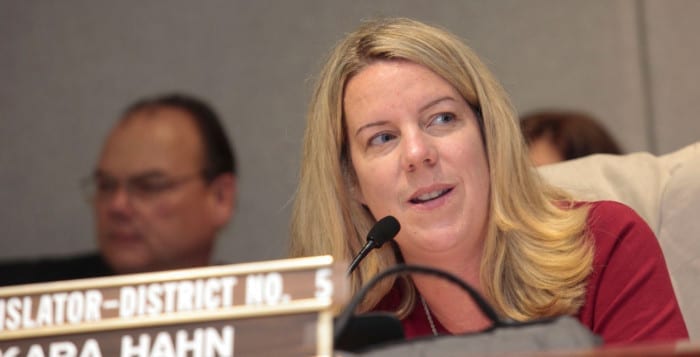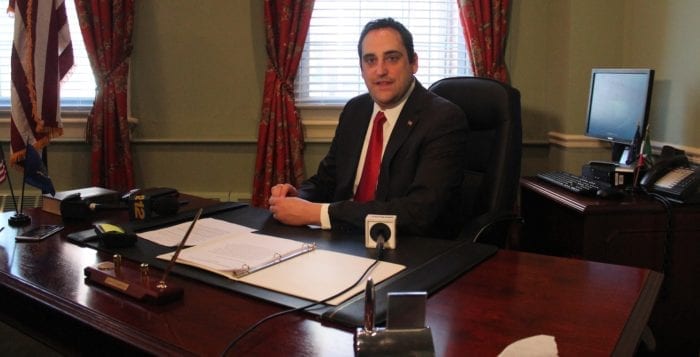By Heidi Sutton
For generations, Theodor Seuss Geisel, better known as Dr. Seuss, has entertained and delighted children and adults alike with his whimsical tales and wild imagination. Out of the 60 children’s books published during his lifetime, one of Seuss’ most popular is “The Cat in the Hat.”
 Written in 1957 as an early reader book, it has since been translated into more than 15 languages and was adapted into a feature-length film starring Michael Myers in 2003. And just last week, Warner Animation Group, in partnership with Dr. Seuss Enterprises announced that a fully animated version of the popular book is in the works, the first of many planned to keep the Dr. Seuss legacy alive.
Written in 1957 as an early reader book, it has since been translated into more than 15 languages and was adapted into a feature-length film starring Michael Myers in 2003. And just last week, Warner Animation Group, in partnership with Dr. Seuss Enterprises announced that a fully animated version of the popular book is in the works, the first of many planned to keep the Dr. Seuss legacy alive.
In our neck of the woods, a theatrical adaptation of “The Cat in the Hat” by Katie Mitchell opened last weekend at the Engeman Theater in Northport. The adorable children’s musical will run through the first week of March. The script, which is guided with voice-overs by Steve Wangner in the wings, follows the book closely and provides for a fun afternoon of live theater.
It’s a rainy day and Sally (Danielle Aliotta) and her brother (Kevin Burns) are bored, with only their goldfish Fish (Danny Meglio) to keep them company. Their mother has gone out for a while, so they sit by the window and watch the rain fall. When the brother says “How I wish we had something to do,” the door suddenly swings open and in walks the Cat in the Hat (Antoine Jones), ready to entertain the children with some tricks he knows, and the fun begins.
Now everyone who shares their home with a cat knows that cats make messes, and this feline, although he’s wearing a hat, is no exception. In the first act he impressively balances on one leg while holding books, an umbrella, a fan, a rake, milk on a dish, a toy ship, a toy man, a cake and poor Fish before it all comes crashing down.

In the second act, that mischievous kitty releases Thing 1 (Alyson Leonard) and Thing 2 (Marquez Stewart) from a box and things only get crazier from there. They fly kites in the house, breaking things along the way, much to the delight of the young audience. “It’s a beautiful mess,” exclaims the Cat in the Hat.
When the kids see Mother coming down the road, they know that they have to catch Thing 1 and Thing 2 and clean up before she gets home. An exciting chase scene, accompanied by the Benny Hill theme song, ensues. Will they succeed or will time run out?
Directed by Suzie Dunn, the seven adult actors do an excellent job portraying the story. The actors interact with the audience often, making them feel like they are a part of the show. At one point Meglio makes his way through the audience with a bubble machine. Later on, Aliotta invites children on stage to dance with her. Special mention should be made of Jones who clearly loves children and is funny and engaging. From the moment his character’s red-and-white-striped hat appears around the door, the audience knows they are in for a real treat. So run, don’t walk, to see the cat, The Cat in the Hat!
Running time is one hour and 10 minutes with one 15-minute intermission. Booster seats are available. Meet the cast in the lobby after the show for photos and autographs.
The John W. Engeman Theater, 250 Main St., Northport will present Dr. Seuss “The Cat in the Hat” through March 4. Up next in children’s theater is “The Wizard of Oz” from March 24 to April 29. All seats are $15. For more information, call 631-261-9700 or visit www.engemantheater.com.

















